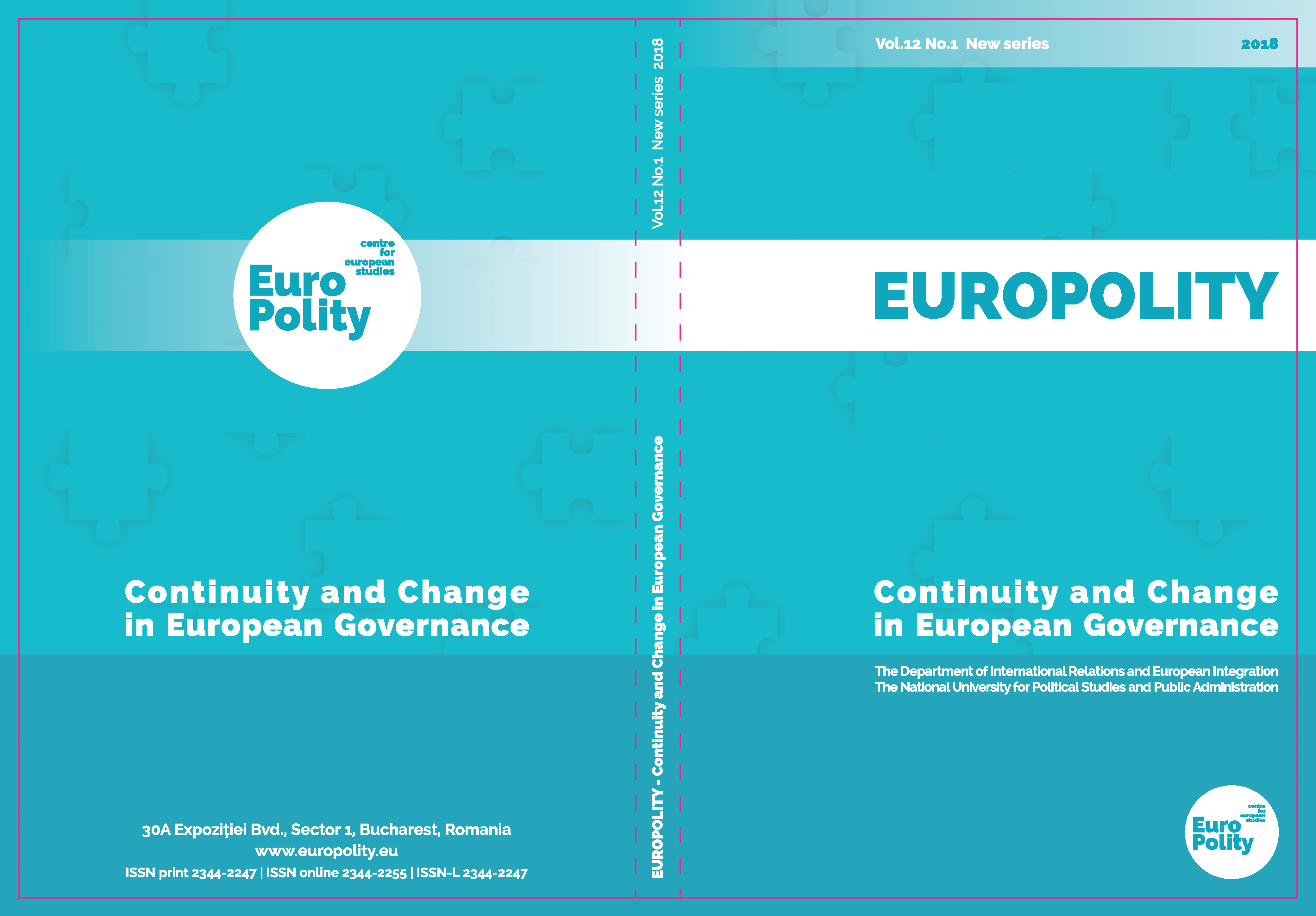IMPLICATIONS OF EU EVALUATION PRACTICES: FROM A POSITIVIST APPROACH TO A REALIST ONE IN EVALUATING 2007-2013 COHESION POLICY
IMPLICATIONS OF EU EVALUATION PRACTICES: FROM A POSITIVIST APPROACH TO A REALIST ONE IN EVALUATING 2007-2013 COHESION POLICY
Author(s): Ioana BorcanSubject(s): Politics / Political Sciences, Social Sciences
Published by: Scoala Nationala de Studii Politice si Administrative (SNSPA)
Summary/Abstract: The present paper aims to analyse the recommended evaluation practices at EU level and their possible implications on the results and recommendations formulated at the end of the evaluation process. To do so, I have built a model for analysing the theoretical assumptions behind the evaluation practices, and applied it to reports and TORs of evaluations requested by the European Commission regarding the Cohesion Policy in the 2007-2013 financial perspective.Here, one might ask: Why is it relevant to know and analyse the theoretical assumptions behind evaluation practices in general and those recommended at European Union level in particular? By including certain criteria in the terms of reference, different interest groups (in this case the European Commission, representatives of national, regional and local institutions, non-governmental organizations, representatives of the private environment, etc.) decide what can be considered as valuable or not.Compared with what authors Hoerner and Stephenson (2012) have found regarding the evaluation practices that covered the Cohesion Policy in the 2000-2006 financial perspectives – a predominance of the positivist paradigm in evaluation practices, this article concludes that the dominant paradigm between 2007 and 2013 is that of realist evaluation. Both the analysis model and the results obtained after applying to eight Cohesion Policy work packages are detailed in this article.
Journal: Europolity - Continuity and Change in European Governance
- Issue Year: 12/2018
- Issue No: 1
- Page Range: 107-136
- Page Count: 30
- Language: English

